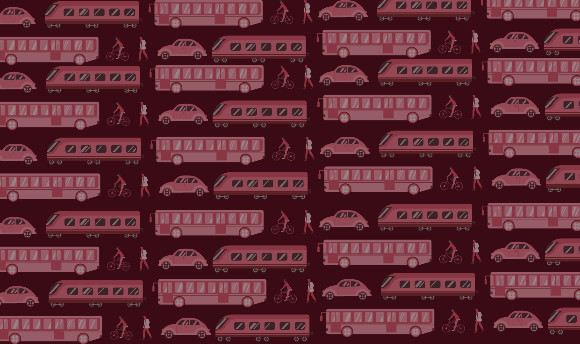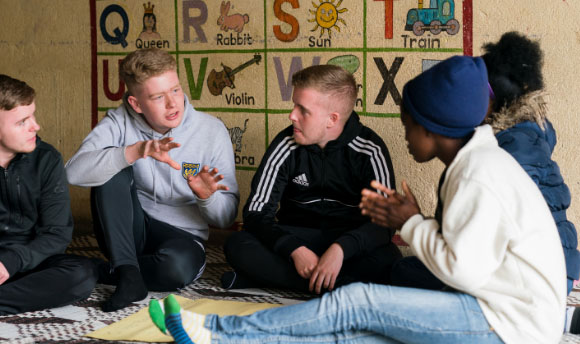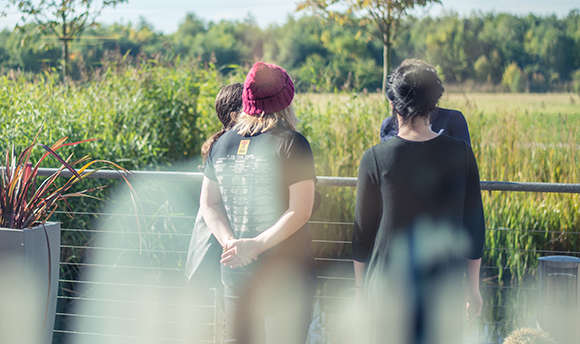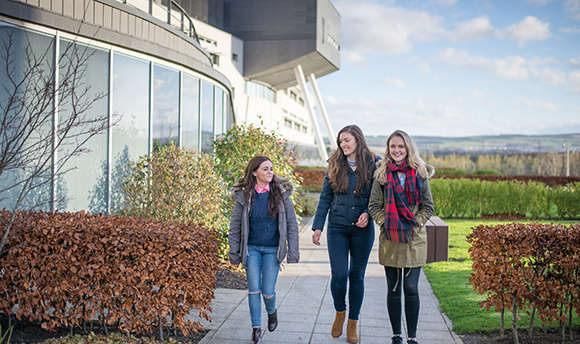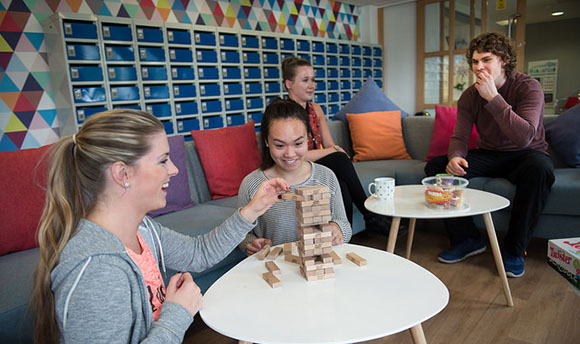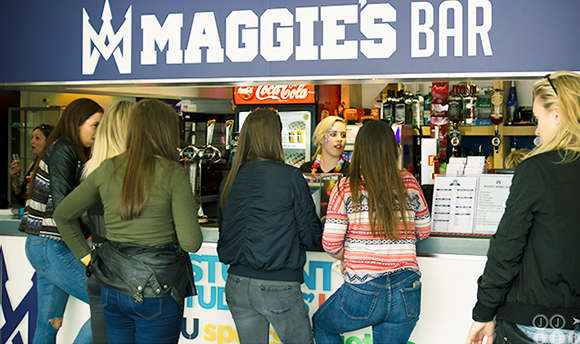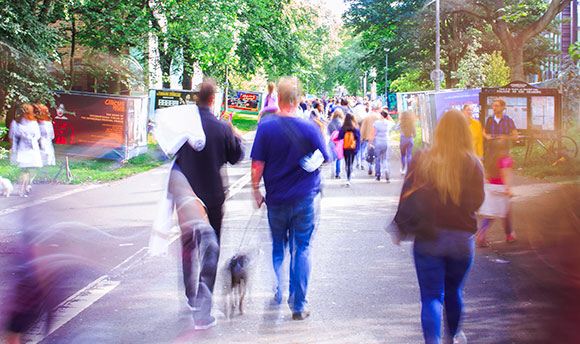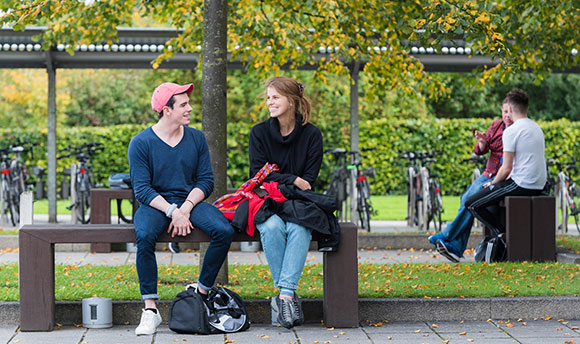There is widespread evidence that the Coronavirus pandemic has brought many in the performing arts community to the edge of an identity crisis, forcing practitioners into a pivotal re-thinking of their role and working processes in a way that activates what Jen Parker-Starbuck calls a ‘playful affinity’ with online users, as opposed to an attempt to recreate a ‘serious’ professional identity, as might have happened typically prior to Covid-19.
On Internet platforms, the distinction seems to be between what is ‘live’ and what is ‘alive’, and if performance making is truly ‘alive’ in a digital space - and has the power to affect its audiences - does this make it less ‘live’ just because it doesn’t happen in a material space?
As devisers and performers in the middle of a practice research process, the pandemic was highly disruptive of our live studio work. Browsing video material of our practice, we are now looking for the glimpses of that connection we had with the camera and our performing selves on screen, filming our sessions many times with our laptop.
As a duo, the computer camera has become an outside eye with which we happen to often make contact, as if reaching out to a virtual audience. From the perspective of a live action in a real space, what we do in front of the camera is not so important - as long as we work through the complicity with the imaginary screen audience. These are the moments that are strongly charged with our intention as performers to connect ourselves and our digital space with the physical reality of a spectator in a physical space, and not to represent and fictionalise.
We have been working with the principle of an imaginary audience around us, letting this ‘presence’ lead the work, and as an extension of this, the audience has become the camera.
In a creative leap of digital faith, we can envisage that we could turn our existing material into online performance work, with that contact in mind. It demands that we sharpen our blades, though, and it helps that we’re not identifying with our performance personas, but we are instead working on that ‘playful’ affinity, rather than interpreting a role, or investing in the theatricality of ‘characters’.
How we are ‘framing’ ourselves on screen is also key to the action of looking into the black hole of the camera, while exploiting the voyeuristic gaze of an ‘invisible’ audience.
Our process has gradually shifted into experimenting with making our live presence digitally ‘alive’, and the screen-space has become the primary environment in which the image/body of the performer exists, moves, interacts and reacts as if in a primordial cocoon, in which signs and meaning are reinvented through responsive interaction, while also testing the limits of the virtual space.
As we make other digital attempts, working on two contiguous screens, a clear dramaturgy starts to unfold through our visual juxtaposition in unpredictable ways, while our connection as digital performers gets stronger and more real in our ability to affect each other, and our online audience in turn.
The online medium lends itself to achieving a level of personalised human contact, and so instead of falsifying and dramatizing the attempt to interact through it, we are bending the medium in ways that break the modality of representation and focus instead on what Marina Abramovic might call ‘energy transmission’ through the screen.
Critical theorists such as Peggy Phelan and Philip Auslander have for some time been strongly debating the assumption of the distinctiveness of live performance from media and digital creative practice, but if there was ever going to be anything positive to come out of the Covid-19 standstill, this is perhaps the chance to identify contact and affect as key elements at the core of online performance practices. Moreover, if these are kept as the primary focus of any performance work - either in a tangible and physically shared space or in the virtual world - our ways of considering and defining liveness might well become less rigid in demarcating creative territories within post-pandemic performance culture.
By Bianca Mastrominico and John Dean
